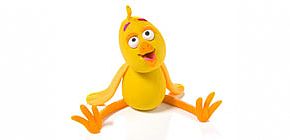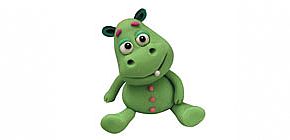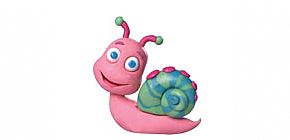Is Your Infant Crying? Here’s How to Identify if those are Teething Tears
If your little cutie becomes irritable and restless towards their half-birthday, if they are crying a lot more, complaining uncharacteristically, clinging to you most of the day and trying to bite pretty much anything - congratulations! Your infant is likely teething.
Teeth begin to develop during the first stages of a fetus’ life in utero, but only start to erupt from beneath the gums between the ages of 3 to 6 months, around the time infants transition to tasting solid foods. For most infants, the bottom-front teeth will be the first to emerge, followed by the top-front teeth. Afterwards, the pace can vary from child to child, but generally culminates around the age of 3 with 20 baby teeth in each child’s mouth.
How do you know they’re actually teething?
Each infant is a world in and of themself - and each child has their own response to the teething process. But you can point to some common symptoms most infants experience:
-
Fever - Teething can be accompanied by fever and irritation. Don’t take this phenomenon lightly. Every instance of fever in infants requires medical attention, because of the risk of infections and a weakening of the immune system.
-
Rash around the mouth - The result of increased salivation that can precede a new tooth’s eruption. Salivation can also cause blemishes to appear on the lips and chin.
-
Diarrhea and changes to the stool’s coloration - Doctors do not always agree that there is a link between diarrhea and teething, but many infants suffer from diarrhea and changes to the color, scent and texture of their stool when teething. Diaper rashes can also appear.
-
Biting and attempts to stuff any object into their mouth - One of the most common phenomena linked to teething is the infant’s desire to stuff anything and everything into their mouth. This can include their fist, toys, and bottle nipples - whatever they can rub against their gums to relieve their pain.
-
Restless sleep - Teeth emerge 24 hours a day, which can make even the calmest of infants wake up in tears at night. To relieve their pain, you can consider administering pain-relieving medications that contain paracetamol.
How long will it last?
From the moment the first tooth breaks through, to the eruption of the 20th baby tooth, roughly 2.5 years will pass. This is a long, and not necessarily continuous process. Sometimes one tooth will emerge, other times four will sprout at once. For some infants, the process will be a single, long continuum, while for others, it will take place in steps, every 3-4 months.
What if the teeth grow in crooked?
Baby teeth tend to grow in slightly crooked and with large spaces between them. But don’t worry. There’s no need to rush your infant to the dentist or orthodontist. In most cases, their smiles straighten out and the gaps close when the baby teeth fall out and are replaced by a second, permanent set.
How do you know that it’s actually because of teething?
During the teething phase, many parents tend to associate any and every symptom and behavioral change to a new tooth, from a runny nose and cough to a rise in body temperature. This can sometimes be the case, as the immune system tends to weaken during teething, making the infant more vulnerable to illnesses. The need to stuff all objects into their mouths can also increase infants’ susceptibility to viruses and illnesses. If the symptom does not pass within 24 hours, a medical consultation is recommended.


.jpg)
.jpg)
.jpg)
.jpg)



.jpg)
.jpg)
.jpg)
.jpg)

.jpg)

Contact us